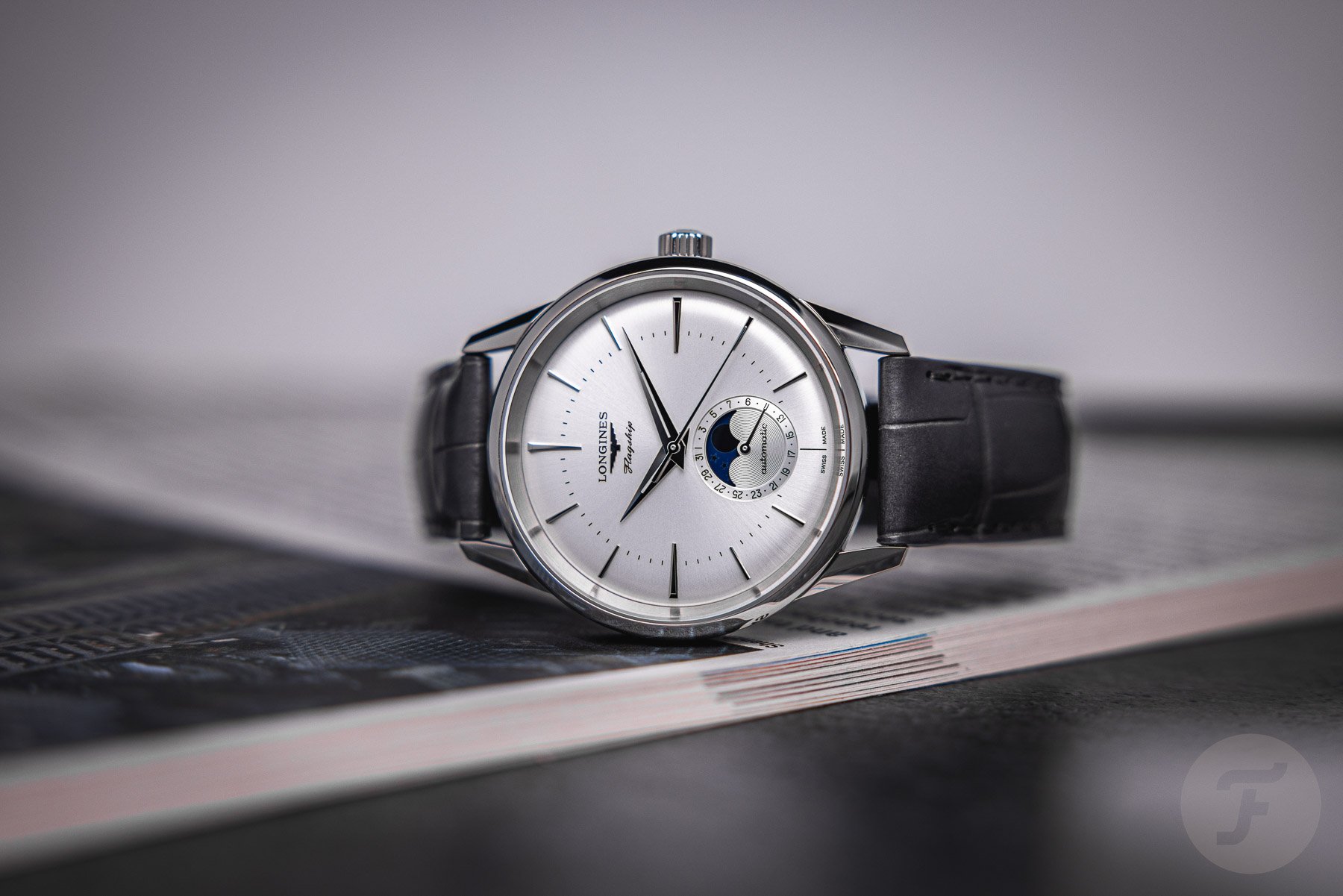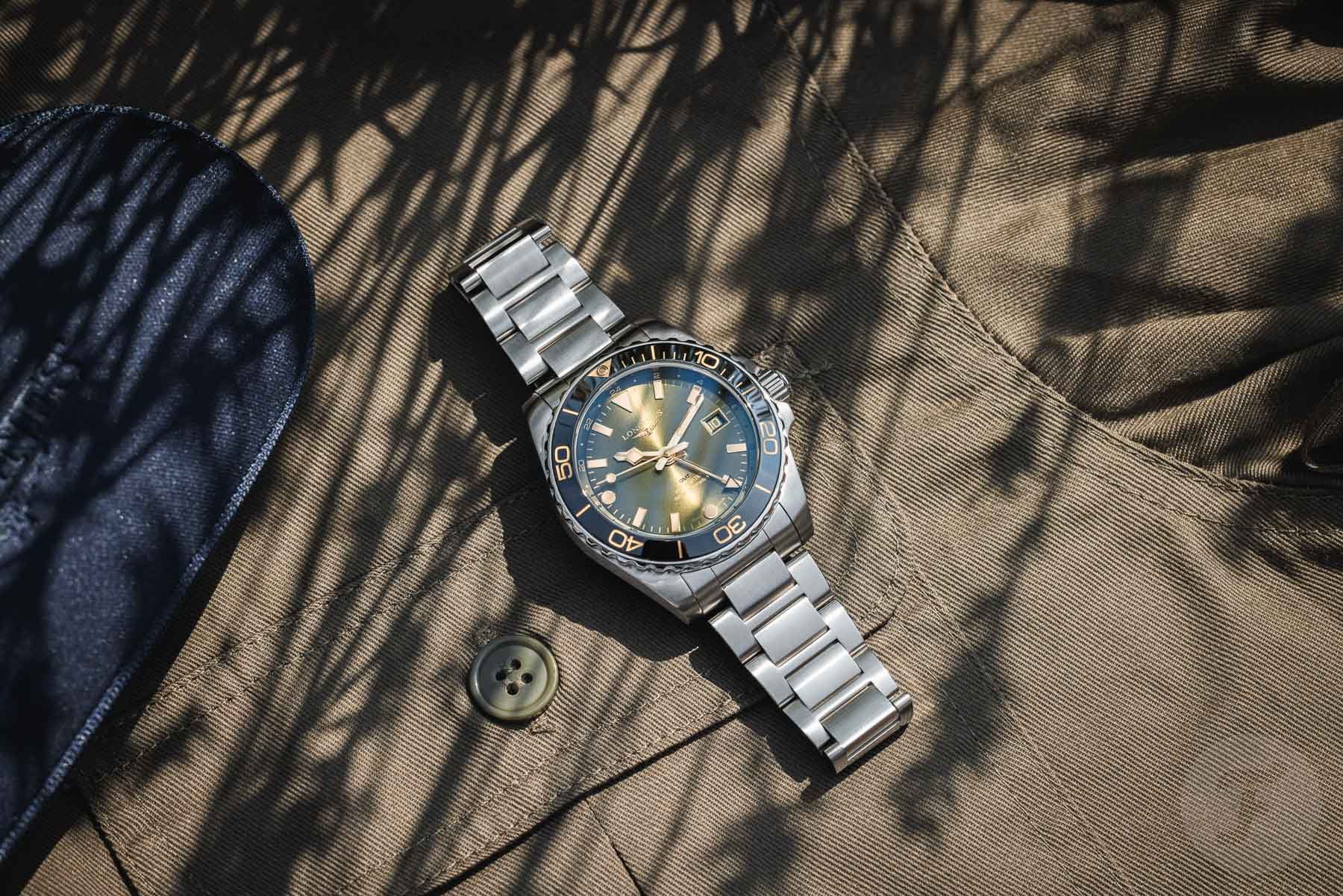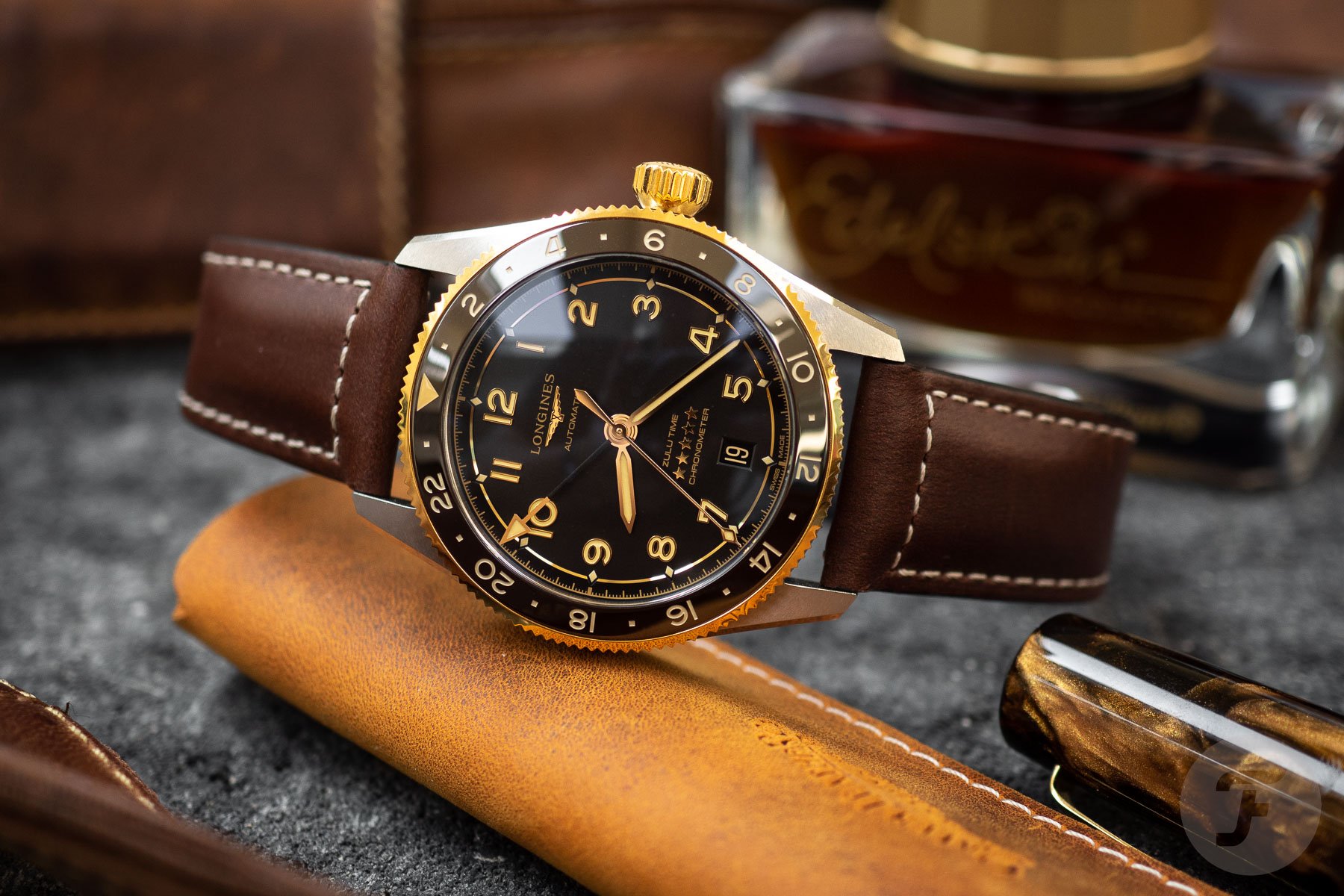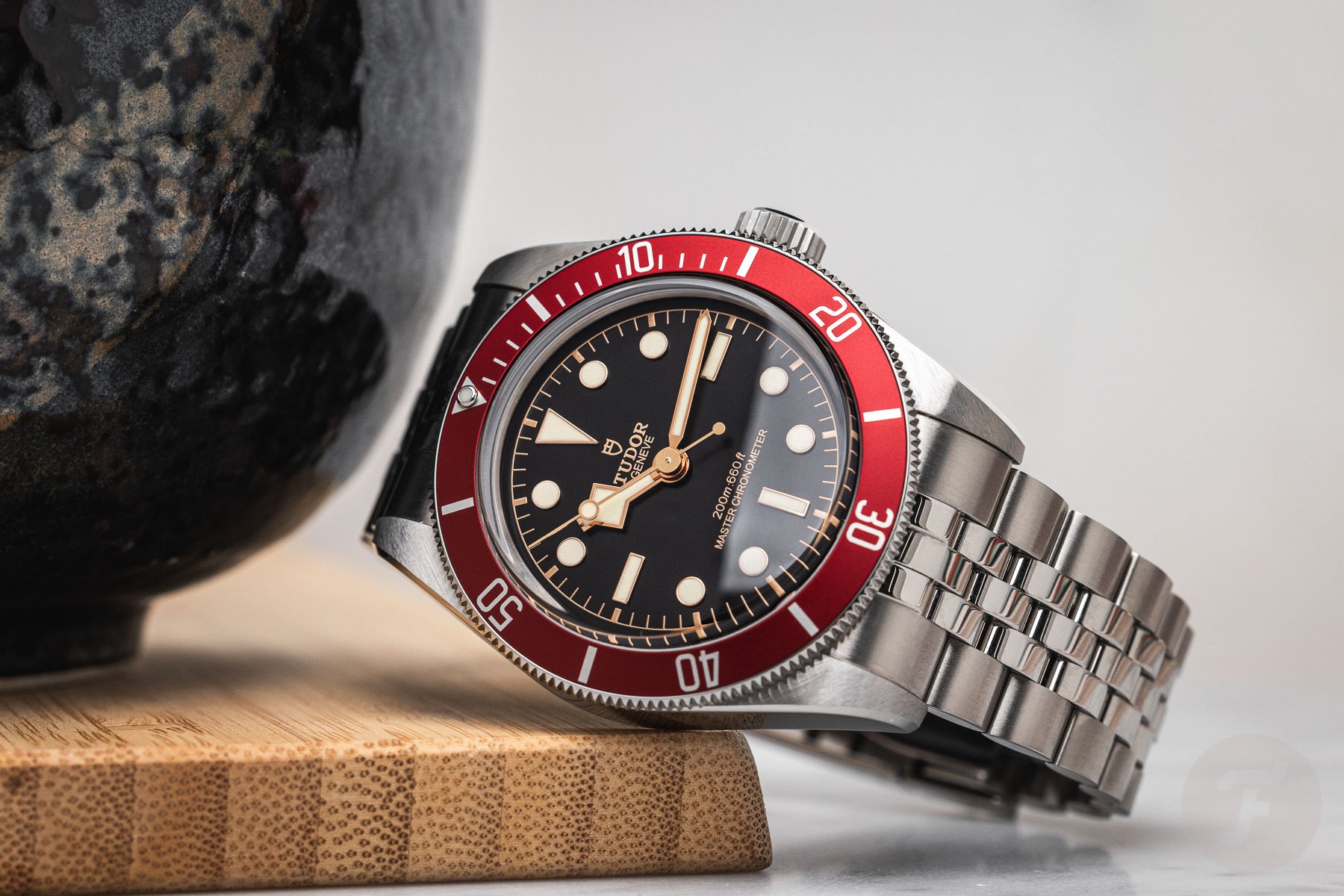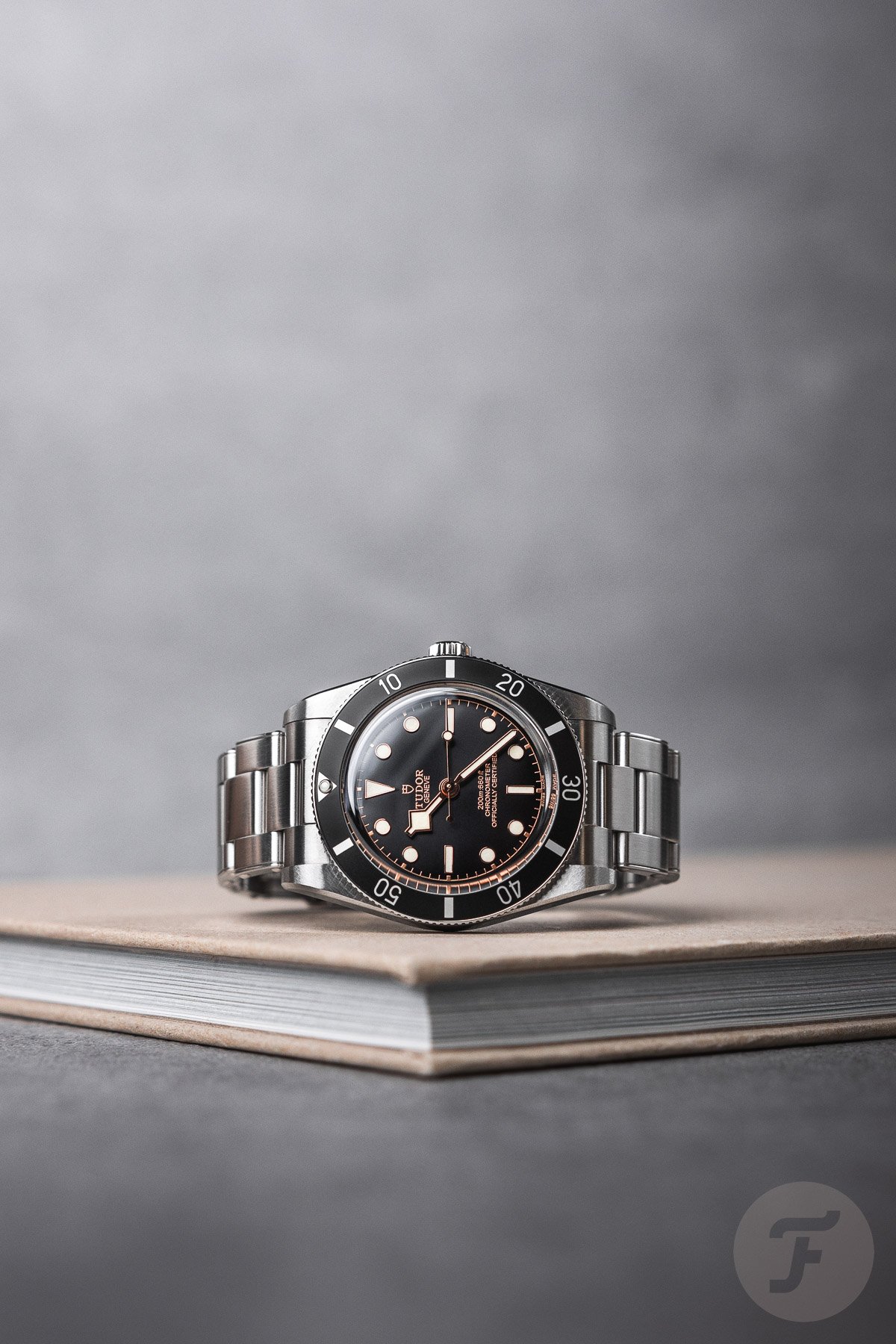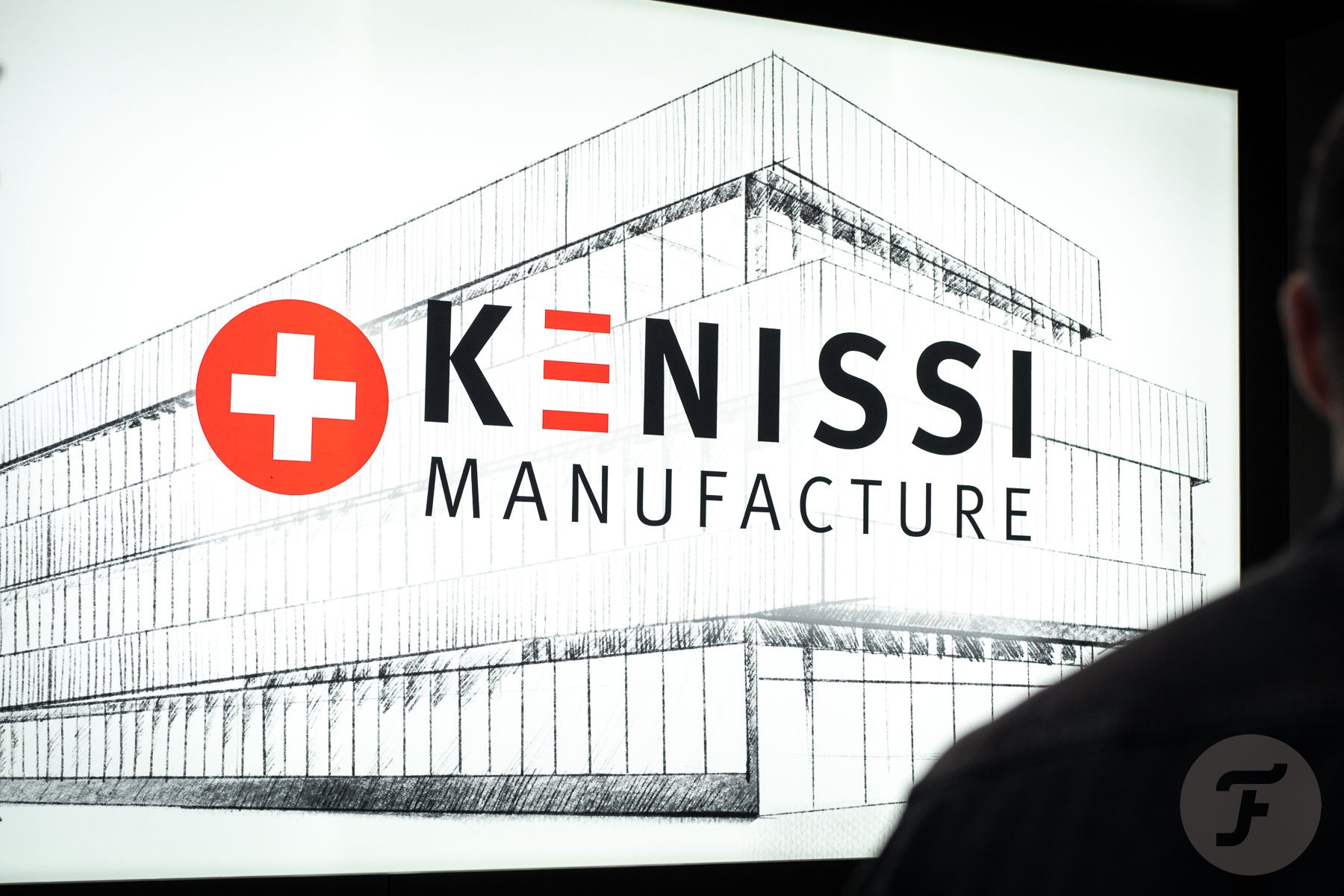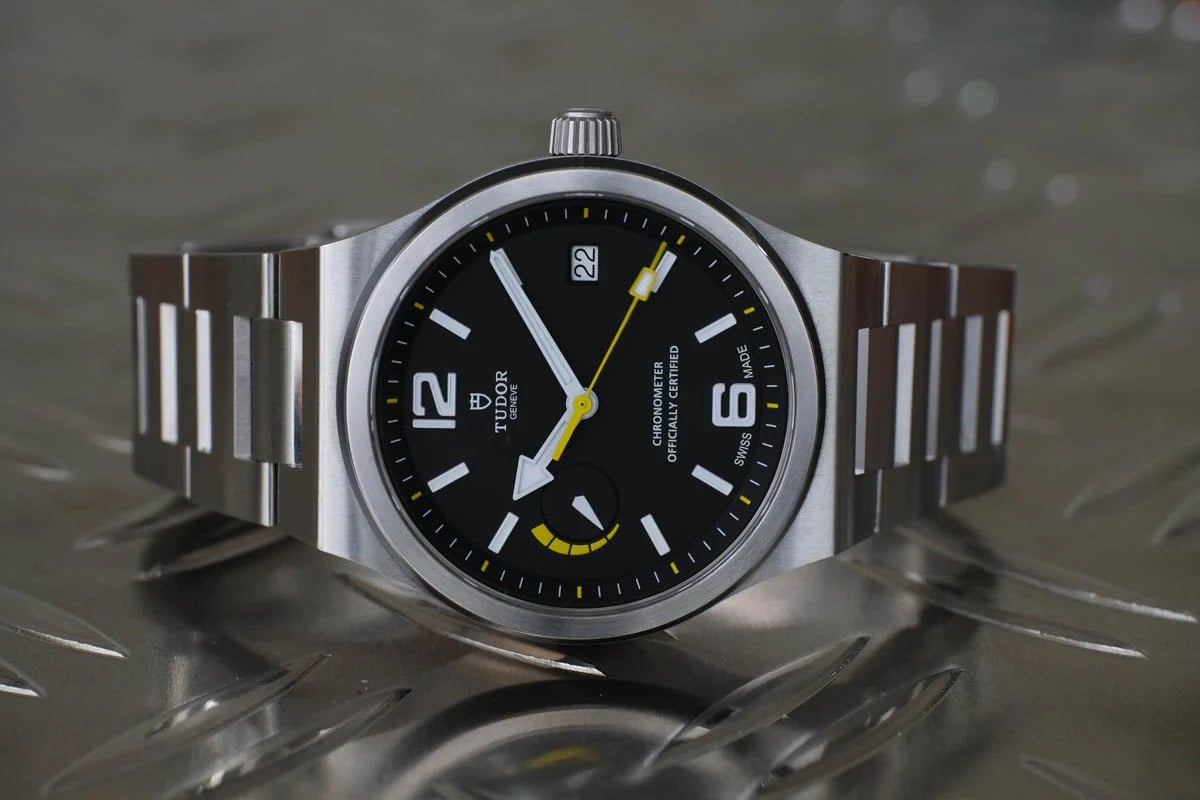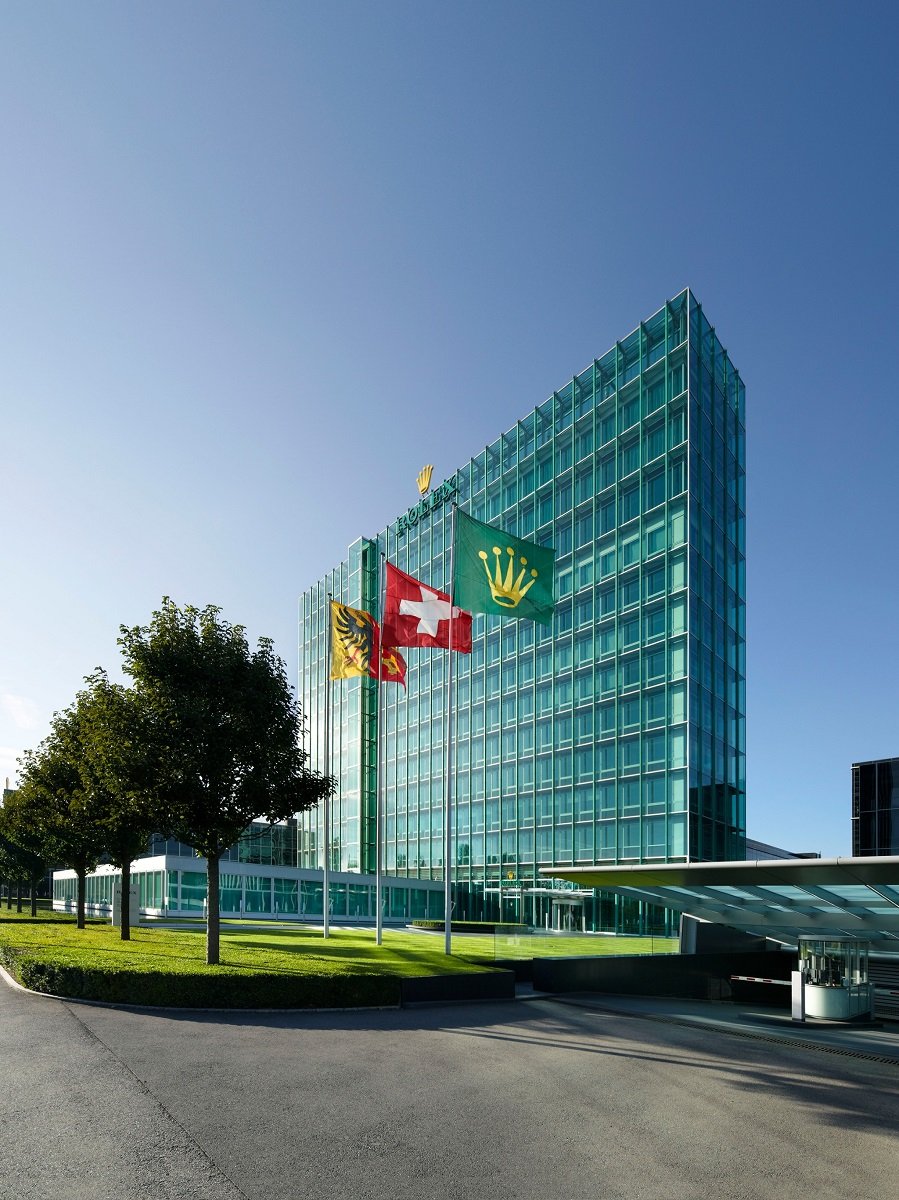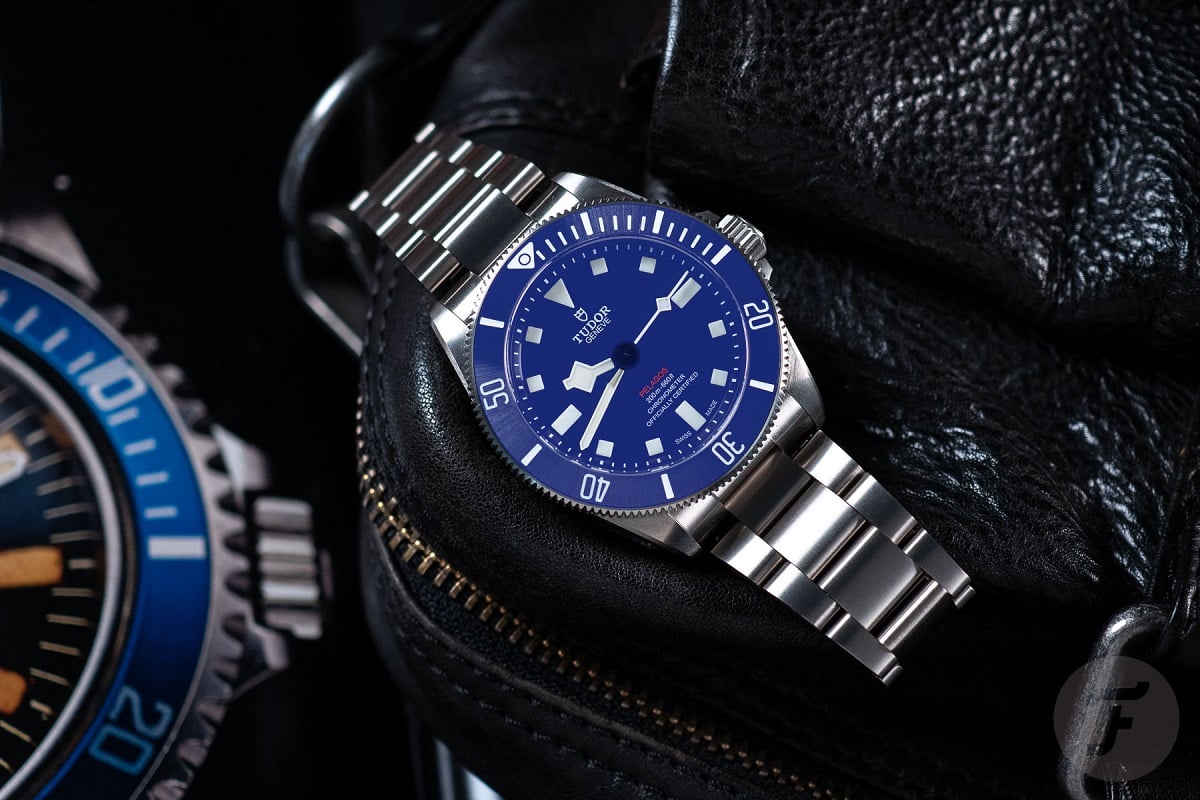Let’s Settle This Once And For All: Can We Call The Movements Inside Tudor And Longines Watches “In-House”?
Okay, let’s settle this once and for all. It’s time to end an often-heated debate. “Manufacture or not?” seems to be the question that needs to be answered when we’re talking about Tudor and Longines watches. Does a Kenissi-equipped Tudor qualify as a watch with an in-house movement? And can a Longines with an ETA movement that was specifically and uniquely made for and only used by that Swatch Group brand be considered a manufacture watch? Let’s try to find the final answers.
Some things in watchmaking are pretty clean-cut. Take “Swiss Made,” for instance. When you see “Swiss Made” on a dial, those words carry a lot of meaning. On the website of the Federation of the Swiss Watch Industry (FHS), you can read that “the Swiss made label relies not only on considerable intrinsic value, but also on criteria defined by law. At present, the conditions stipulating whether a watch or a clock can display this famous label are determined by a Federal ordinance.” The terms “manufacture” or “in-house,” on the other hand, are not labels defined by law. Here’s when the trouble starts when we’re trying to answer the “manufacture or not?” question.
Tudor and Longines watches: what’s under the “hood”?
Maybe it’s a good idea to first read RJ’s June 2022 article on manufacture movements before continuing this one. I’ll wait.
Welcome back. Now, the term “in-house” or “manufacture” is used by watch brands to imply an elevated standard of development, precision, finishing, and quality. And it also means the price of the watch goes up in comparison to one with a third-party movement. “In-house” is no longer a rare, exclusive label reserved for the upper echelons of watchmaking.
More and more brands that operate on a more accessible level are using movements exclusive to them instead of off-the-shelf ETA or Sellita calibers — I’m not going to mention the brands after this paragraph, but I’m talking about brands like Oris, Yema, Frederique Constant, Christopher Ward, and Nomos. But without strict rules that determine what is “manufacture” and what is not, the debate on what is in-house and what is out-house will most likely never end. Still, there’s no harm in trying to bring an end to the debate about the movements under the “hood” of watches by Tudor and Longines.
First up, Longines and its exclusive ETA movements
What if we call the exclusive movements that ETA produces for Longines “in-group” instead of “in-house”? If we do that, we’re done. What’s interesting is that when Longines was integrated into SMH (the predecessor of Swatch Group) back in 1983, the brand stopped its movement production. That makes sense with movement-manufacturing powerhouse ETA being also part of the group. But how do you position Longines correctly — image- and price-wise — with Omega and its exclusive Co-Axial calibers above and ETA-equipped Certina and Tissot watches below? By using exclusive movements, that’s how — not ones made by Longines but, rather, by ETA.
Yes, the movements that ETA constructs for Longines are made on a dedicated floor inside one of the ETA production facilities but not under the roof of the Longines HQ in Saint-Imier. These Longines-exclusive ETA movements have specific requirements and/or functionality. That also means that the movement inside the Spirit Zulu Time GMT — a flyer GMT, by the way — is not available to other Swatch Group brands. Still, it’s not Longines that builds the COSC-certified caliber L844.4; it’s ETA. So the way I see it is that Longines uses outsourced, exclusive movements, but because they’re made by ETA, the movement manufacturer of the Swatch Group, the correct terminology to describe those movements would be “in-group.”
Tudor owns (most of) it
Swatch Group owns both Longines and ETA. Tudor started Kenissi and is now a major shareholder of the movement-manufacturing company. Until not too long ago, Tudors were Rolex watches with third-party movements. That made them more affordable than Rolex watches. But times have changed. In 2016, Tudor started Kenissi to produce movements for its watches. Soon after, the first industrial partnership with Breitling began. And as the Kenissi business developed, Chanel became a shareholder in 2018, and the supply of calibers for the brand’s new J12 watches started. Today, Kenissi also manufactures movements for Norqain, TAG Heuer, and Fortis. The idea behind Kenissi is mainly to counter the Swatch Group’s decision to stop providing ETA movements to non-Swatch Group companies. It is important to understand that Kenissi is an entity that, unlike Tudor and Rolex, is not part of the Hans Wilsdorf Foundation.
Vertical integration
Tudor’s strategy is comparable to a Rolex strategy when it comes to movements. It was only in 2004 that Rolex acquired the Aegler/Borer-owned movement manufacturer commonly known as Rolex Bienne. Former Rolex CEO Patrick Heiniger had the vision of a fully vertically integrated manufacture, and the acquisition of Rolex Bienne for an estimated reported CHF 1 billion was the first step. Part of the plan was also the acquisition of crown producer Boninchi, dial manufacturer Beyeler, plus bracelet maker Gay Frères. In 2009, Rolex started growing the movement-making site in Bienne, and in 2012, the brand opened its new, high-tech manufacture. It may come as a surprise to some, but it was only from that moment that a Rolex watch became a manufacture watch — that is, if you label “in-house” as everything owned by the brand and done by it in a building with the brand’s name on the roof.
In Rolex’s footsteps
Tudor seems to be following in the footsteps of the famous mother company. Recently, Tudor opened the doors of its new Le Locle manufacture. Yes, the brand (finally) moved out of the Rolex HQ in Geneva. Tudor’s brand-new HQ is at Rue de France 63 in Le Locle, and it sits on Rolex-owned land. And it’s actually neighboring a Rolex building — Big Brother is still watching you from number 61, Tudor. Assembly of watches is one of the activities inside the red and black building, but movement production isn’t one of them. The movements come from Kenissi, the other neighbor that lives at Rue de France 65.
The “secret” tunnel in Le Locle
Now, is a movement from a company you own 80% of and that is made right next door “in-house” or not? The fact that Kenissi also makes movements for other brands than Tudor should not be a factor in answering the question. Piaget supplying Cartier with movements made in the manufacture situated in La Côte-aux-Fées also never changed the fact that some Piaget models are manufacture watches. The biggest “problem” relates to real estate. When I go for dinner at the neighbors’, I don’t eat in-house. But it isn’t that simple, unfortunately. Nacho visited the new Tudor building in Le Locle recently. And he can confirm that there’s an underground tunnel connecting HQ with the Kenissi production facility. Our managing editor can’t confirm that the subterranean connection is used to transfer movements from one building to another, but why go through two front doors if you have a tunnel?
The presence of a tunnel sure is practical. You can just casually walk a tray of ready-to-mount movements from point K to point T without having to think about the weather conditions at 945 meters altitude during a harsh Jura winter. Still, you’re going from one building to another. And one building reads Tudor and the other one Kenissi. So, physically speaking, a Kenissi movement is out-house rather than in-house.
You can have a Tudor with a Rolex movement
Remember the 2015 North Flag? Inside that watch beats the caliber MT5621. This automatic movement with a power reserve indicator is based on Rolex technology. The automatic movement has a Rolex silicon hairspring technology, a full balance bridge, plus a free-sprung Microstella balance wheel. This is a pre-Kenissi movement, so where did Tudor have this movement built? “At the Rolex movement-making facility in Bienne” is my not-so-wild assumption.
So, is the Tudor North Flag a manufacture watch or not? Well, at the time, Tudor occupied office space at Rolex HQ in Geneva, and the outside of the building showed no shield logo. Still, Rolex-owned Tudor used a movement especially and exclusively made for a Tudor by its mother company. Confusing stuff. The discontinued North Flag, a watch that didn’t receive a lot of love when it was still around, could well be the most interesting Tudor ever produced.
We need laws to stop the debate
I’m well aware that my article won’t stop the debate. And that’s because there is no rule book that states in black and white what’s in-house and what’s not. Based on my logic, neither Tudor nor Longines movements are in-house. But maybe it would be best for all of our interests if the FHS were to step in and come up with criteria defined by law when it comes to determining what’s in-house/manufacture. Does the brand logo need to be on top of the movement-manufacturing facility to make the watch an in-house-movement-equipped timepiece? Having a certified “Swiss Manufacture” label, not unlike the Geneva Seal, would answer this and many more questions and put the manufacture discussion to bed once and for all. Help me out, FHS, because I know I didn’t end the debate by bringing up tunnels that connect two buildings in Le Locle.

